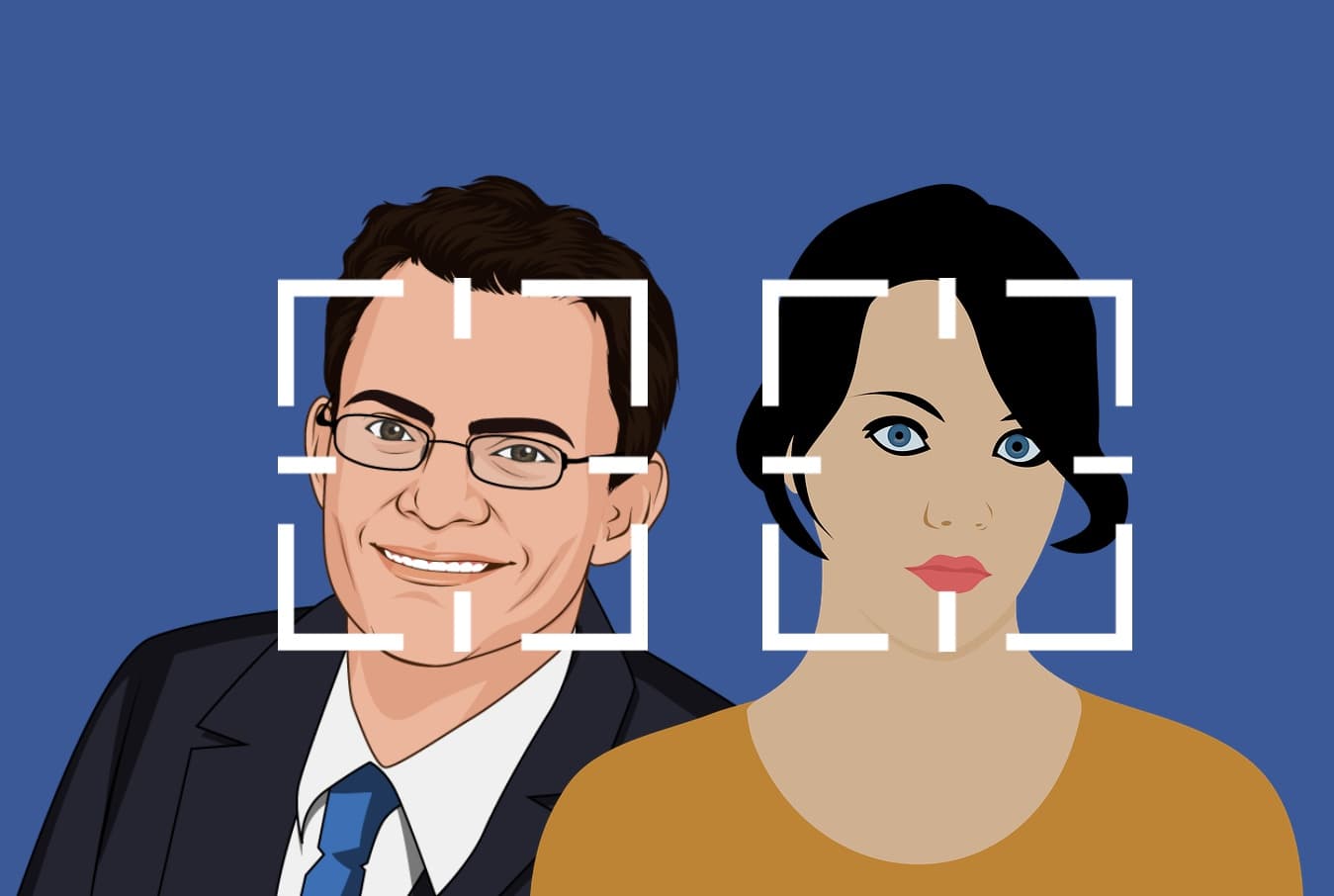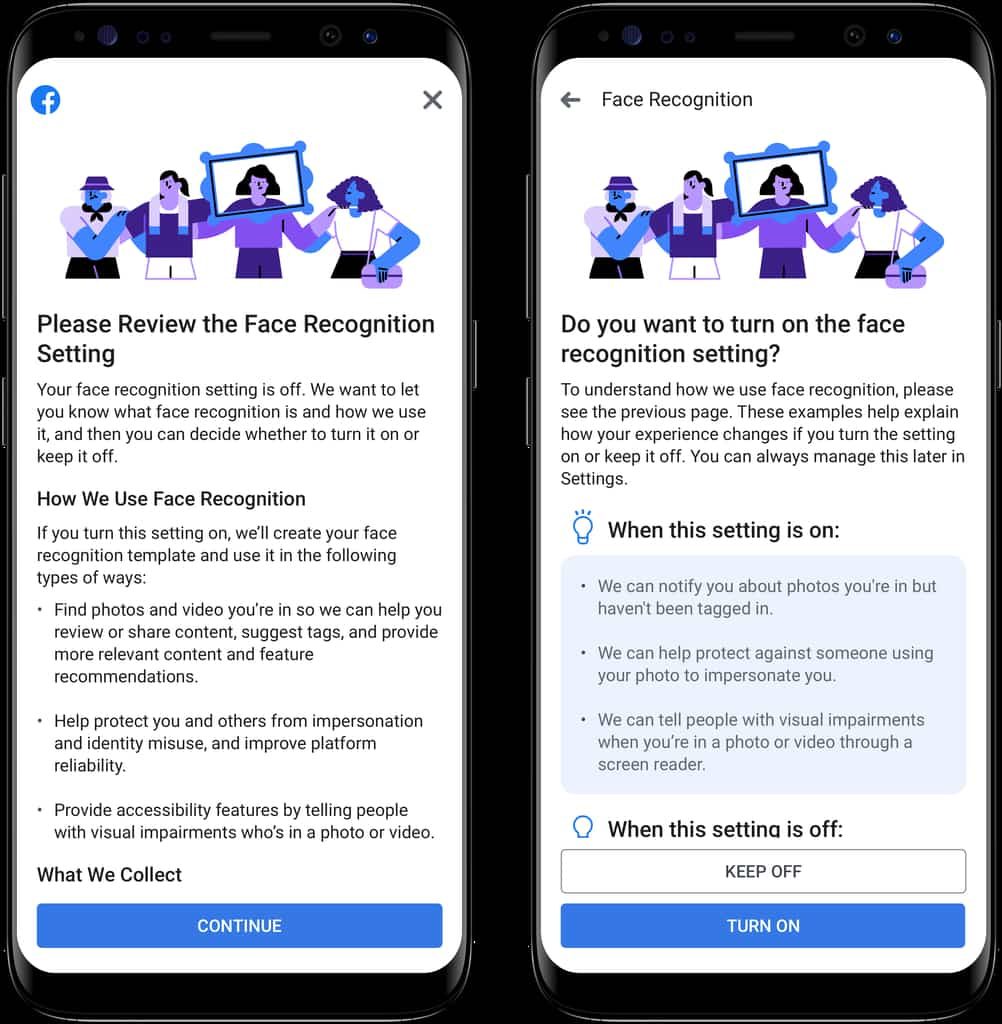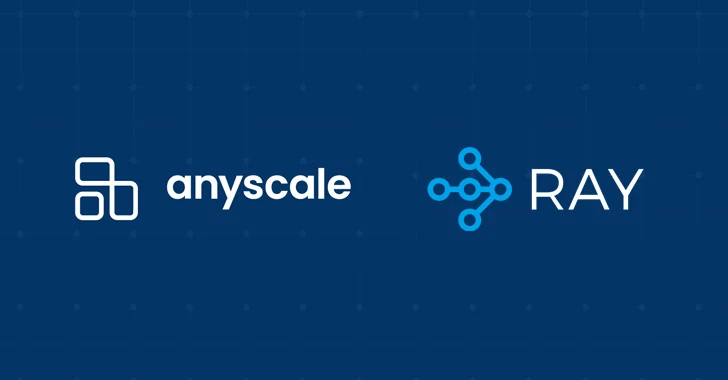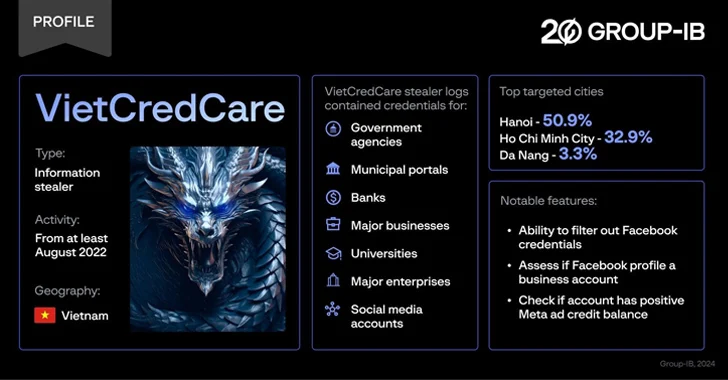Facebook will stop using automatic facial recognition to tag users in photos.
If there’s one platform that knows how to remain controversial, it’s Facebook. In 2011, the company introduced a facial recognition feature which allowed users to tag others through suggestions displayed on photos. Moreover, the person in the photo was automatically notified if the uploader’s privacy allowed to do so. This received a lot of criticism from privacy concerned users since it was giving away their identity without consent at times.
A few weeks back, a court in Illinois even went as far to issue a ruling stating that users within the State could sue Facebook over its facial recognition technology.
In light of this and other potential legal action, Facebook has recently announced the scrapping of this tagging feature in favor of another facial recognition feature which will be turned off by default and will only be available for those aged 18 or above. Upon its launch, users will be sent a notification allowing them to switch it on themselves if needed.
How the feature works is not complex. Basically, all the photos and videos that Facebook thinks you’re a part of will be analyzed to form a unique identity in the form of a template which is not shared with anyone else. When someone uploads any media content, the template will be compared with those images and hence if they match, you can be identified. Furthermore, the moment you turn off the face recognition setting, your template will get deleted.
Although the feature has received plenty of criticism from academics, regulators and users alike, there’s a good side to it that’s often overlooked. To illustrate, let’s look at a scenario. Imagine someone tries to impersonate you by creating a fake account and uploading your profile picture. To help you identify that impersonator instantly and report them, the facial recognition feature can come in handy notifying you that someone is using your picture as their profile photo.
We’ve continued to engage with privacy experts, academics, regulators and people on Facebook about how we use face recognition and the options you have to control it,” the company said. “We’ve made the steps to update your settings clearer and you can opt to leave your setting off right in the notice, as opposed to having to go to a separate screen. If you do nothing, face recognition will remain off for you.
Secondly, we’ve seen great efforts on the part of businesses to improve accessibility for the visually impaired. This feature will also let such people know who’s in a photo. However, as Chris Welch from The Verge reported that “there’s nothing stopping people from tagging you the old-fashioned way, and those tags would also appear for screen readers.”
To sum up, it is important to note that previous features have been retained and new ones have been added as well. Facebook by increasingly responding to user needs is somehow trying to fill the much-felt trust gap that has been emerging against online services, whether they’re search engines or social networks.
For now, it is possible that you may not see the new feature in your account as it hasn’t been rolled out to all locations.











